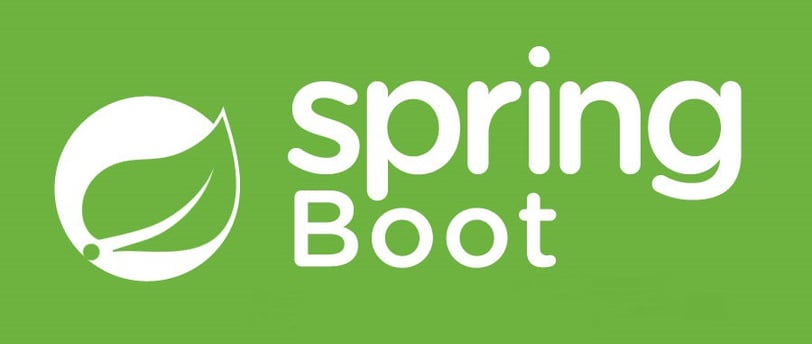What’s new in Spring Boot 3
Discover the latest features
Niez Sellami
5/11/20232 min read


Introduction
Spring Boot is a popular solution for quickly and efficiently developing Java applications. With the release of version 3, developers now have access to new features and improvements. In this article, we will explore the main new features of Spring Boot 3 and give you some references to deepen your knowledge.
Java 17 support
Spring Boot 3 offers full support for Java 17, the latest version of the language. This integration allows developers to take advantage of the performance and security improvements offered by this new version of Java.
Reactive Programming Model Enhancements
Spring Boot 3 includes significant improvements in the reactive programming model. It now offers extensive support for responsive operators and simplifies asynchronous data flow management.
Enhanced autoconfiguration
Autoconfiguration is one of the key features of Spring Boot, allowing quick and easy configuration of applications. Version 3 offers even more intelligent auto-configuration, taking into account project-specific dependencies and properties to optimize performance and ease of use.
Native support for GraalVM images
Spring Boot 3 provides native support for GraalVM images, allowing developers to create lightweight and powerful Java applications that can be deployed easily in non-JVM environments.
Integration of Micrometer 2.0
Spring Boot version 3 incorporates Micrometer 2.0, providing enhanced support for metrics collection and application monitoring. This integration facilitates metrics management and application performance monitoring.
Enhanced security with Spring Security 6
Spring Boot 3 includes Spring Security 6, which brings many security improvements. This release includes new features such as multi-factor authentication, secret management, and extensive support for OAuth2 and OpenID Connect protocols.
Simplified integration of Kubernetes
Spring Boot 3 simplifies integration with Kubernetes, providing better support for native Kubernetes configurations and providing tools to facilitate deployment of applications in Kubernetes clusters.
Support for RSocket
RSocket is a binary, reactivity-based transport protocol for use with inter-service communications. Spring Boot 3 provides support for RSocket, allowing developers to take advantage of its benefits such as reducing latency and improving resource usage.
enhanced WebFlux
Spring Boot 3 brings improvements to the WebFlux framework, especially in terms of performance and error management. These enhancements allow developers to create more responsive and scalable web applications.
Updated documentation and learning resources
The Spring Boot documentation has been updated to include all new features and enhancements introduced by version 3. Additional learning resources are also available to help developers master the new features of this version.
Conclusion
Spring Boot 3 continues to push the limits by offering new features and improvements for Java developers. With support for Java 17, enhancements to the reactive programming model, enhanced autoconfiguration, native support for GraalVM images, integration of Micrometer 2.0, improved security with Spring Security 6, simplified integration with Kubernetes, support for RSocket, enhanced WebFlux, and updated documentation and learning resources, this release offers significant benefits to facilitate the development and deployment of high-performance Java applications. Spring Boot remains a solid choice for developers who want to create modern and scalable Java applications.
